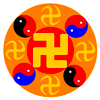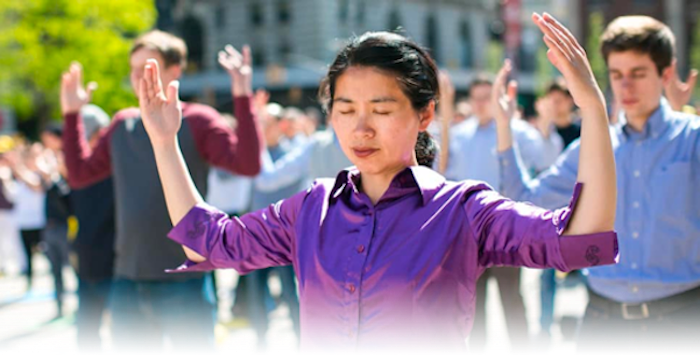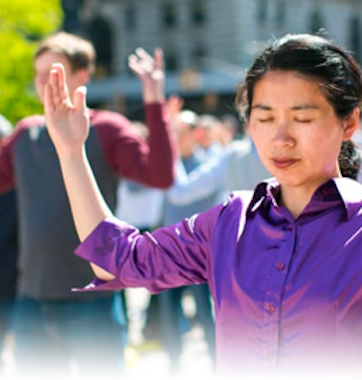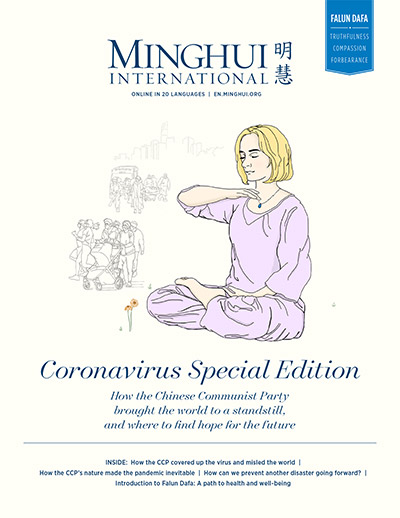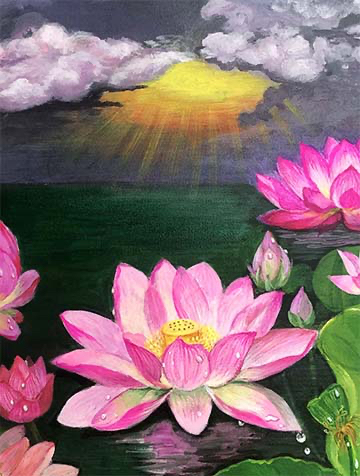(Minghui.org) Among all the earthquakes in the 20th Century, the one in Tangshan, China on July 28, 1976, was probably the most devastating with a death toll of about 240,000 people. Its M7.8 magnitude, however, makes it only the 18th largest earthquake in the century.
Natural Disaster vs. Human Error
No warning was issued to the public prior to the Tangshan earthquake. In fact, when a nationwide earthquake prevention conference took place in Tangshan just two weeks earlier on July 14, numerous attempts by experts to report their findings of an upcoming earthquake in Tangshan were suppressed for political reasons, citing the city’s close distance to Beijing.
Wang Chengmin was a young scientist from National Earthquake Administration. After he was barred from announcing the warning at the plenary session of the conference, he took a risk and shared his findings during small-group discussion sessions in the evening of July 17 and 18. “An earthquake of M5 or higher is predicted in the area of Tangshan City and Luan County between July 22 and August 5,” he told other attendees.
A delegate from Qinglong County, Hebei Province, heard this and reported it to his local officials, who quickly notified everyone in the county. When the earthquake hit on July 28, no one died in the county with a population of 400,000, although it was only about 115 km (71 miles) from Tangshan.
The miracle of Qinglong was documented by the United Nations as an example of disaster prevention, warning, and management.
The Qinglong miracle also debunked the Chinese Communist Party’s propaganda that the Tangshan earthquake was “sudden” and had no warning signs.
Liu Huaqing, a formal admiral of the People’s Liberation Army Navy (PLAN) in China, once said of the Tangshan earthquake, “This earthquake was a natural disaster, but its damage was aggravated by human mistakes.”
Whistleblowers Muffled in China
History is repeating itself in China. When the severe acute respiratory syndrome (SARS) broke out in China in 2003, Jiang Yanyong, retired chief of surgery at No. 301 military hospital in Beijing, disclosed the epidemic to the public. Although Jiang saved countless people and his quote of “a doctor who lies will cause deaths” was well cited, he was nonetheless suppressed by CCP officials and is still under house arrest today.
Similar incidents happened in the recent coronavirus outbreak. When Xiao Hui and Wang Heyan, two journalists from Caixin magazine, went to the epicenter of Wuhan to report on the epidemic, both were suppressed.
Xiao said that as she took a picture of Huanan Seafood Market, the source of the virus, on Chinese New Year’s Day (January 25), two days after the city of Wuhan was quarantined, four security officers immediately rushed to her. “No picture is allowed. Delete it now!” one of them yelled.
“Higher-ups told us to do this,” said another officer as he attempted to grab the camera, “A Japanese journalist was taken to a police station yesterday for taking pictures.”
Wang said she and her colleagues had contacted many physicians, hoping to find the scale of the epidemic. They were told that the Chinese Center for Disease Control and Prevention had barred physicians from being interviewed or discussing the epidemic with the public, even anonymously.
As of now, the coronavirus has spread to all provinces in China and over 10 countries.
Category: Wuhan Virus
